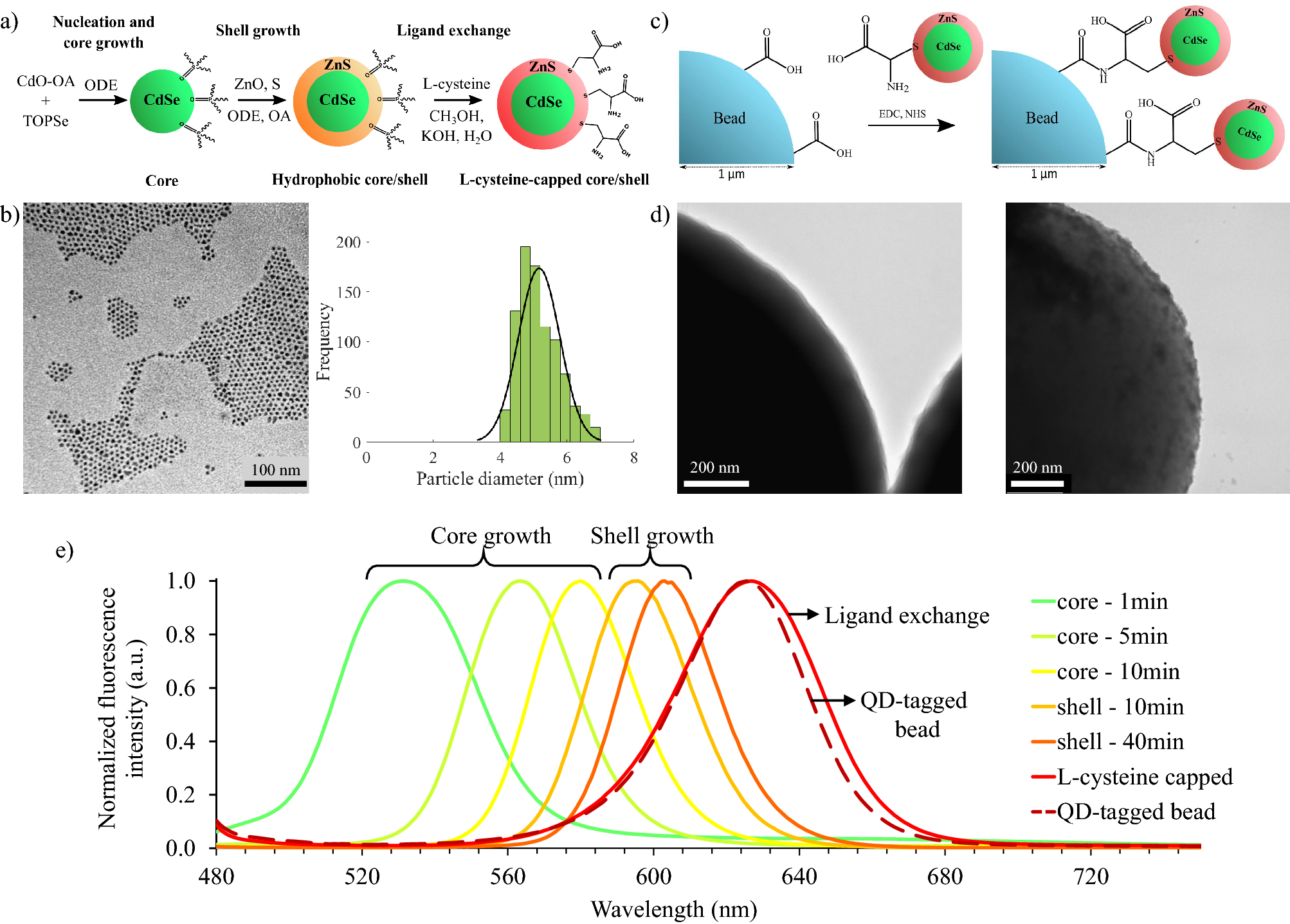
Source: Nature
Understanding Traps in Semiconductors
Traps in semiconductors play a crucial role in affecting the behavior of carriers within the material. These traps can be categorized as deep level traps, located in the middle of the band gap, or shallow traps, positioned near the band edges.
Deep Level Traps
Deep level traps act as recombination centers, where the probability of capturing electrons and holes is similar. This means that they contribute to the recombination process, impacting the carrier lifetime within the material.
Shallow Level Traps
Shallow traps, on the other hand, have a higher probability of capturing one type of carrier over the other. For example, some traps may predominantly capture electrons. While these traps do not significantly reduce the minority carrier lifetime, they can introduce complications in lifetime measurements.
Effect of Traps on Carrier Lifetime Measurements
Trapped carriers are associated with mobile carriers of the opposite polarity to maintain charge neutrality. This association can lead to an increase in wafer conductivity. In certain measurements, such as Quasi-Steady-State (QSS) measurements, the presence of traps can result in misleadingly high lifetime values at low injection levels.
Correcting for Trap Effects
To address the influence of traps on measurements, bias light can be used to saturate the traps, enabling a more accurate assessment of carrier lifetime. By adjusting the level of bias light to just saturate the traps, the impact of traps on measurements can be minimized.

Source: RSC Publishing – The Royal Society of Chemistry
